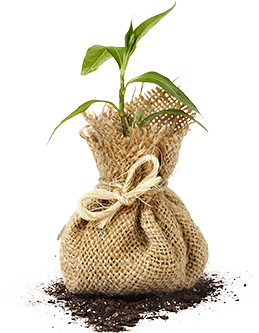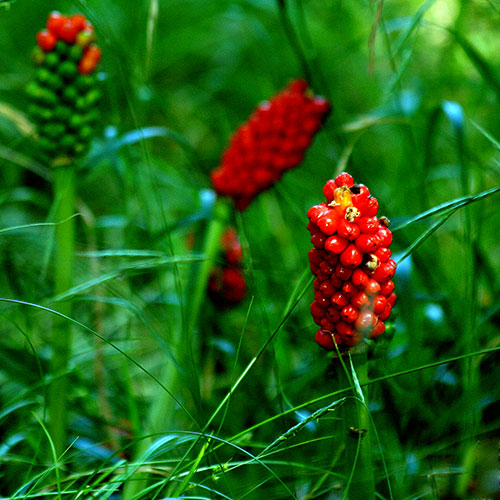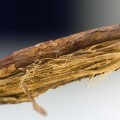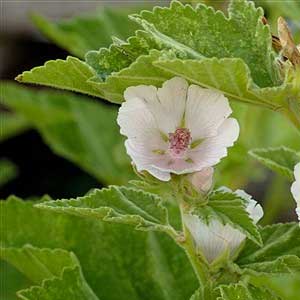Dragon plant (Arum italicum or commonly Fidochorto)
The Arum Italicum (Arum italicum – ARO in Italian) also known as fidochorto, It is kind of monokotylidonoy plant of the genus aroϊdwn (Arum). It is a perennial herbaceous plant of the temperate regions.
The most famous of the ancient farmakognostis Dioscorides (1century AD) said that heals ulcers and that if you drink wine whet the appetite for love ...! The work of Dioscorides 'De Materia Medica' was free from superstitions of the time. Had studied more than 500 plants and arranged them according to their therapeutic properties, according to their action on various diseases of the human body. Until the 16th century this book looking up those involved with the Pharmaceutical. Translated into many languages and was the first book to be printed after the Bible! In eastern Crete was one sarcophagus is decorated with a pattern that may be taken from the dragon.
It is a native plant found in the Balkans, in areas around the Mediterranean, in Greece as in Crete, the Aegean and southwestern Turkey. Grows in fields, roadside ditches and low-lying. Considered medicinal plant and root was collected and used for the control of various diseases.
Blooms in spring and turns dark flower with a very unpleasant smell. Collected to the ground when it is in bloom. Also collected and root in spring or autumn. The Arum italicum immediately after collection is bitter and caustic (root and leaf). The root contains water, albumin, aroini (toxic-poisonous) phytic acid, fatty oil 0.6%, developing extract 4,4%, gum 5,6%, glischramatwdi stuff 18%, starch in wet condition 71,4%. Plant is medicinal and poisonous.
The root of the considered antireymatiki, antiasthamatiki, antikokitiki, antivronchiki, antihaemorrhagic, antigastriki and antikatarroiki.
Alternative treatments with dragon, healing properties Drakontias:
Bronchitis, Inflammation of the mouth, Nose, Neck, Stomach (CAUTION IN USE).
The extract of the fruit, destroys nasal polyps.
Details: The fidochorto is apochrempitiko in case of asthma and chronic cough , and it is also possible lax . Still used in homeopathy and is recommended in cases of gastritis , bleeding and erythema. Previously, Dioscorides recommends mature, dried in the sun and crushed root in asthmatics, dust root with water as aphrodisiac, dust mixed with honey as cleaning of malignant and canker sores and finally dust scrambled with 'white vine' (kourmpeni ) as destructive of polyps (even carcinomas), and preventive biting vipers. In Greece there are currently empirical ( practical) claiming to cure tuberculosis by root fidochortou.
Dosage – side effects:
As the dust daily dosage ranges from 5-20 grams and is determined by the attending doctor. In the form of kataplasmatos the pulp of the root combined with milk for orchitidas and problems with flaxseed for rheumatic problems, sprains and dothiinwsewn.
We note again that the aroini is a skin irritant and toxic to the central nervous system, flavor and hold biting caustic. Poisoning are not uncommon in children who eat the red berries, which have a slightly sweet taste . Antidotes for poisoning is to induce vomiting, strong coffee, caffein, warming the patient with poultices and pads, kardiotonosi , stimulating regional traffic .
Guests currently searching, are reading here for: gastritida herbs, fidochorto, gastritida treatment with herbs, herbs for gastritida, polypodas in nose herbs, δρακοντια, fidochorto parenergeies, herbs for polypoda in neck, mytis polypodes giatrosofia, known also as drakontio.











